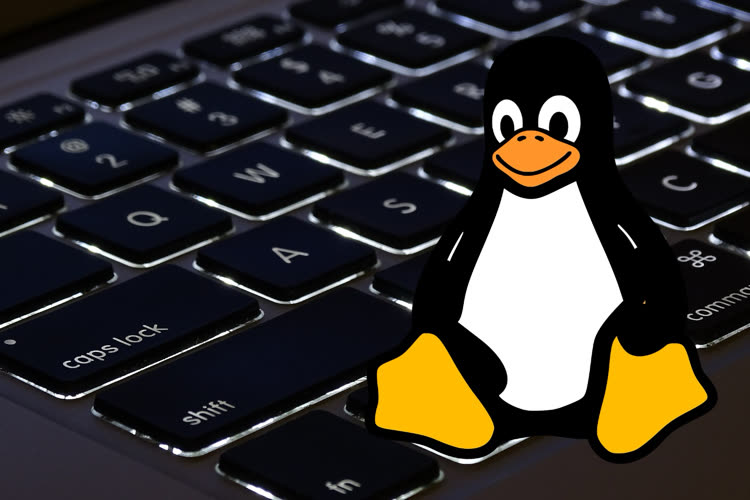The Touch Bar on Macs is a bit of an unloved peripheral. Launched in 2016 on some MacBook Pros, this touch screen capable of displaying virtual keys, emojis or even running applications was recently abandoned by Apple with the disappearance of the last Mac equipped with it, the 13-inch MacBook Pro. But some are still trying to make it work with other operating systems, such as GNU/Linux distributions. There are already solutions, but this one will be integrated into the kernel, to simplify things.
The Touch Bar implementation is a bit Mac-specific, and it runs some sort of watchOS derivative, running on either the T1 or T2 chip. Featured kernel patches par Phoronix are apparently targeting Intel Macs equipped with a T2 chip, which excludes a priori the few compatible Apple Silicon models as well as the first MacBook Pros and their T1 chip.
Compatibility remains minimal, with four possibilities. The first is to display only the Esc key, which is physically absent from some MacBook Pros. The second is called Fn mode and probably displays the classic function keys, from F1 to F12. The third displays the media-related keys, such as Play, Stop, etc. but also the brightness adjustment keys. Finally, the last one displays nothing. The functions are fewer than under macOS but equivalent to those offered under Windows with Boot Camp.
Apple offers a minimum service under Windows for the Touch Bar. Image MacGeneration.
In practice, the Touch Bar joins the keyboard lighting support of some Macs, recently added to the kernel.

Linux to Better Manage Mac Keyboard Lighting

